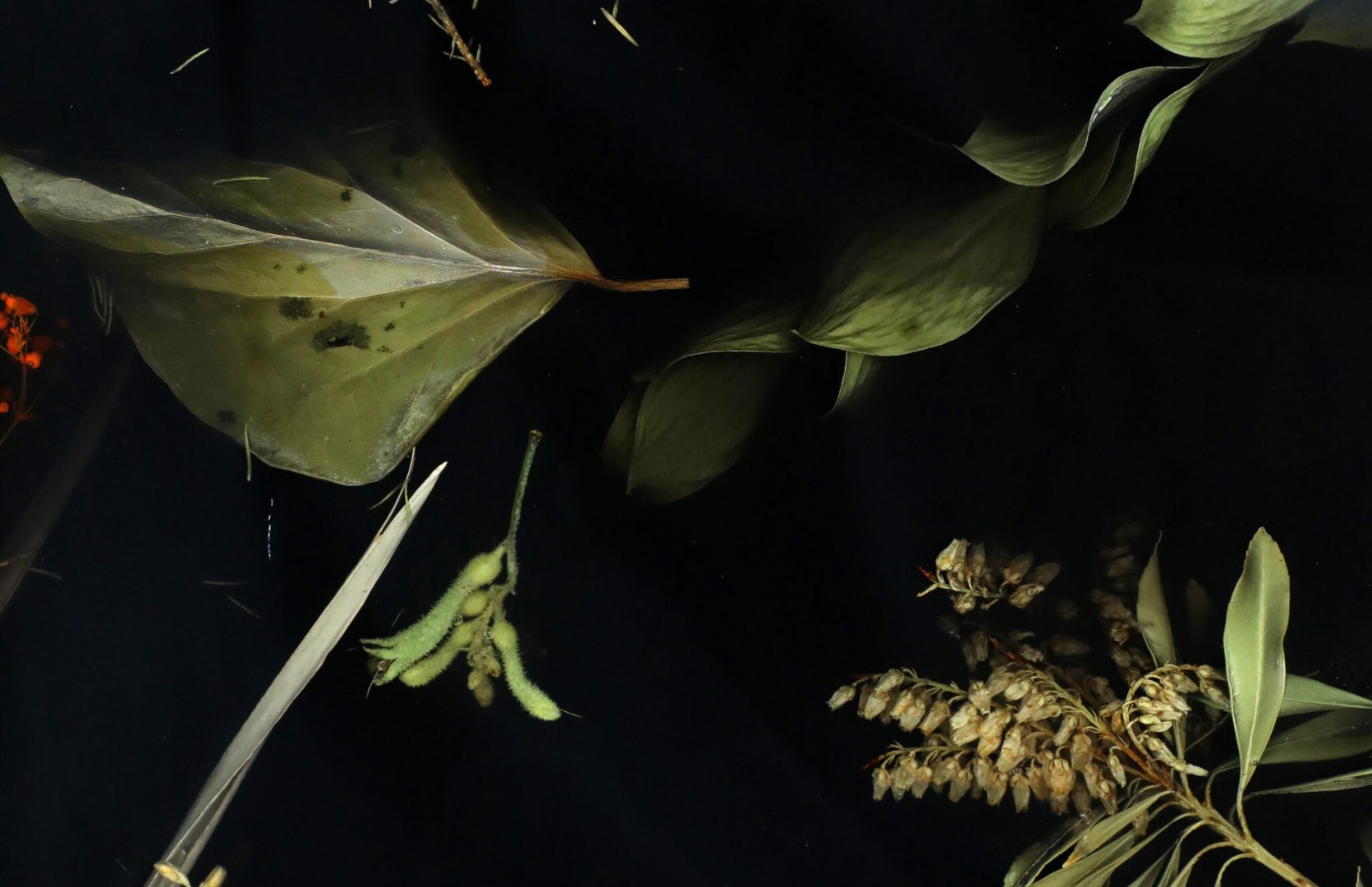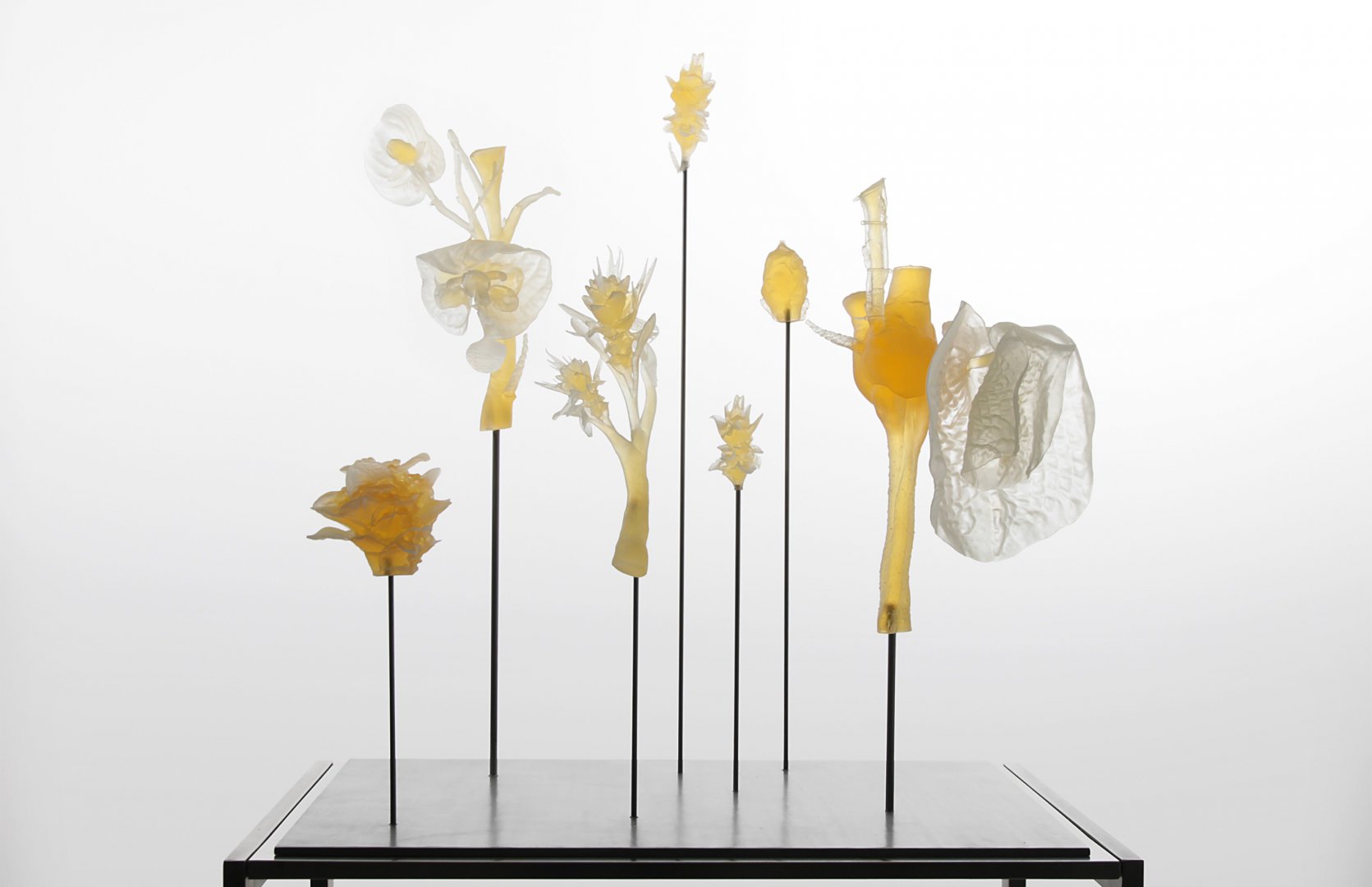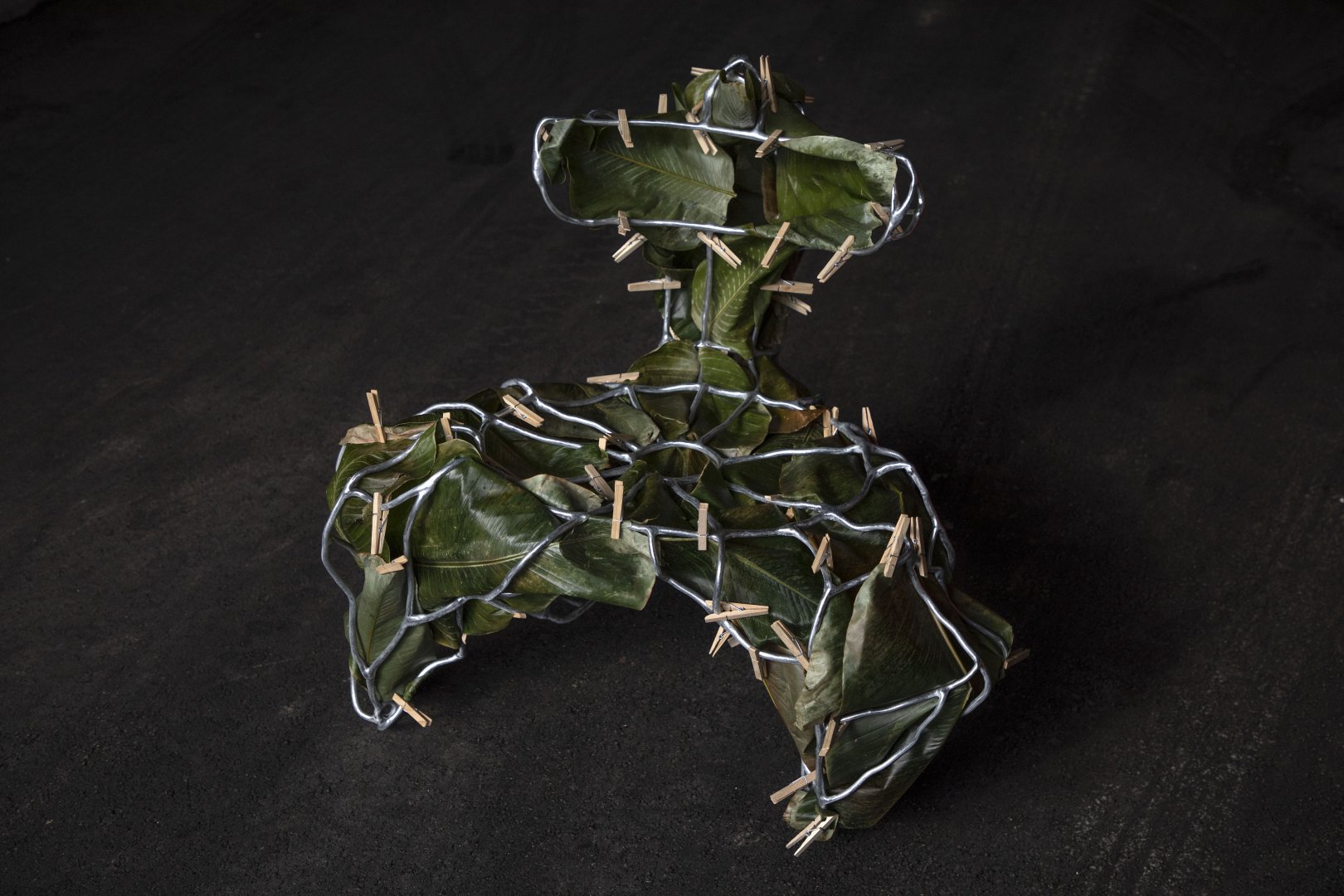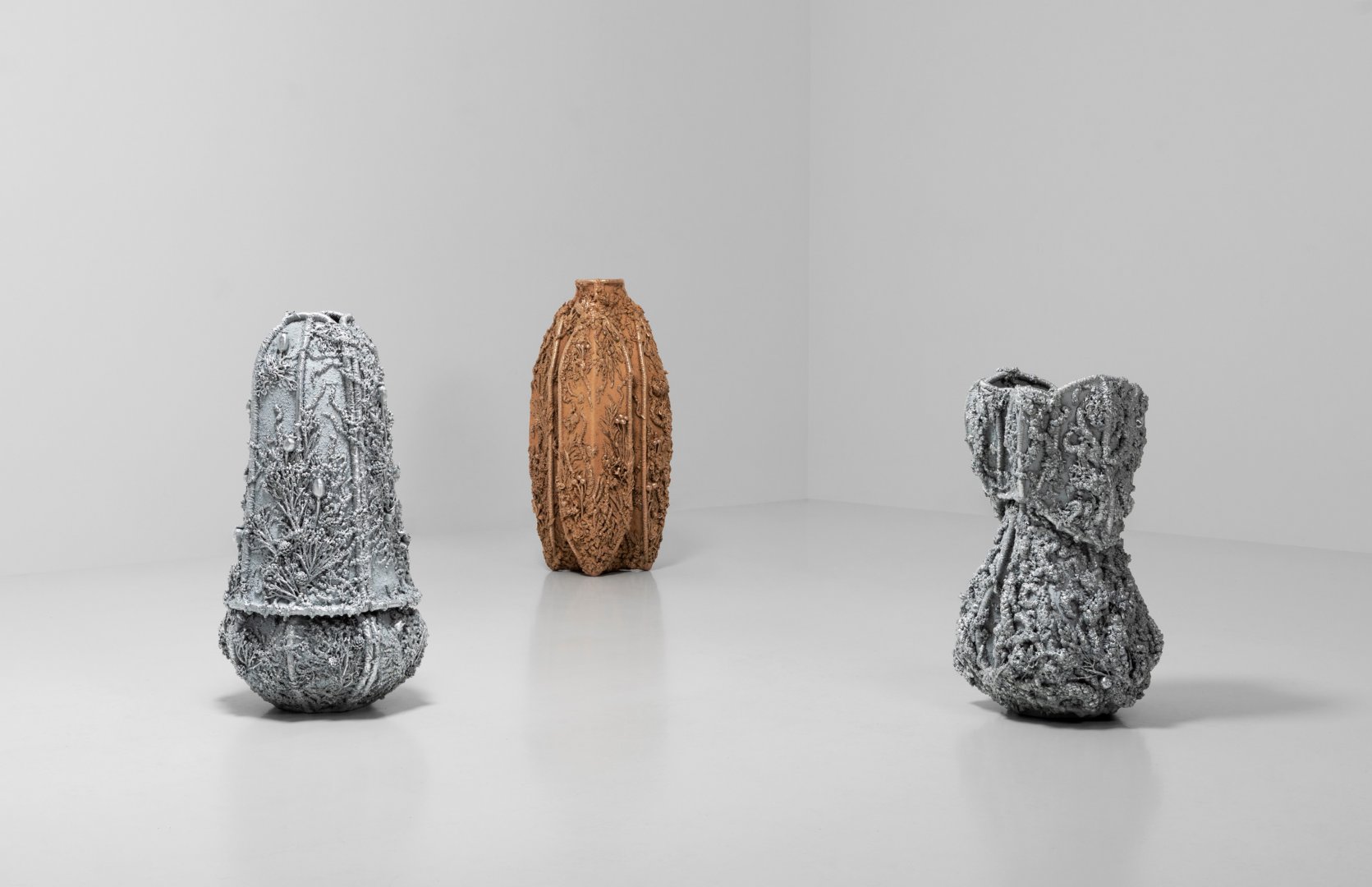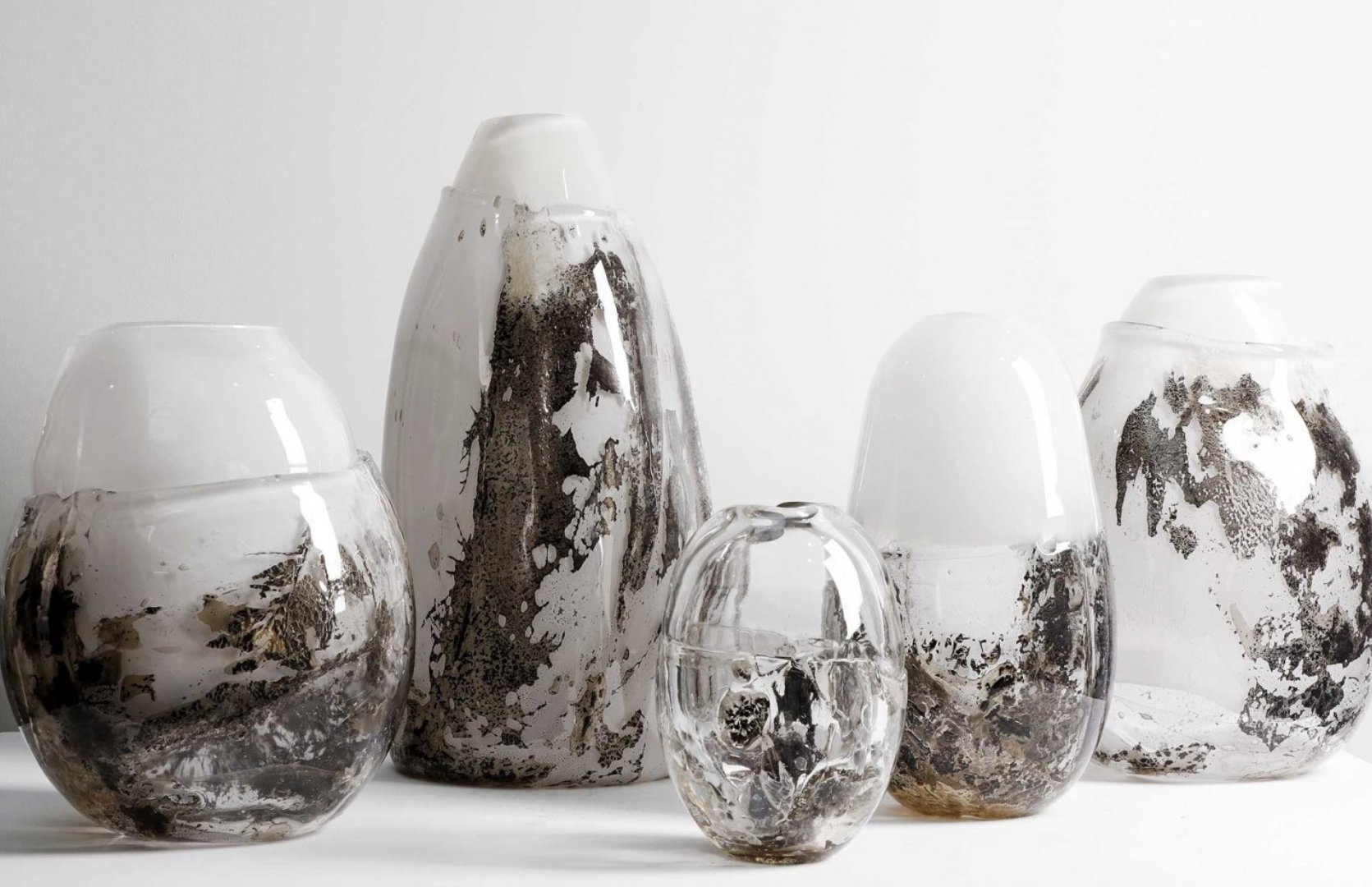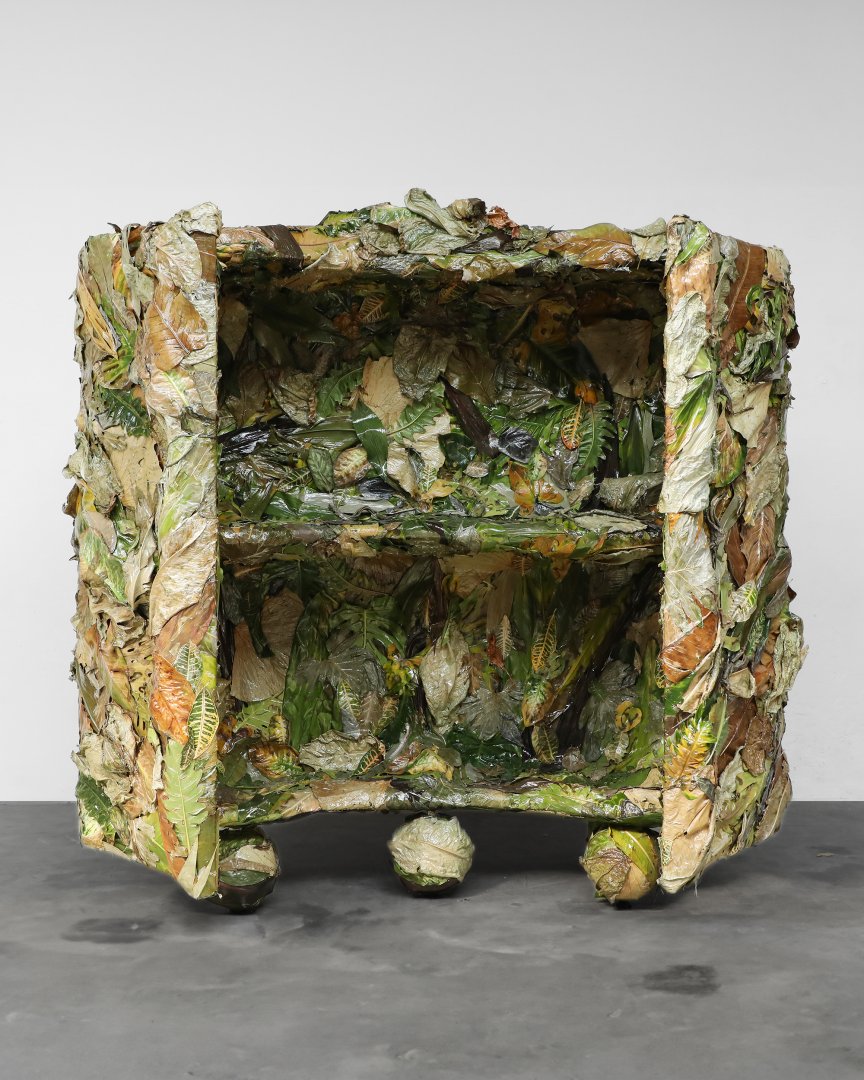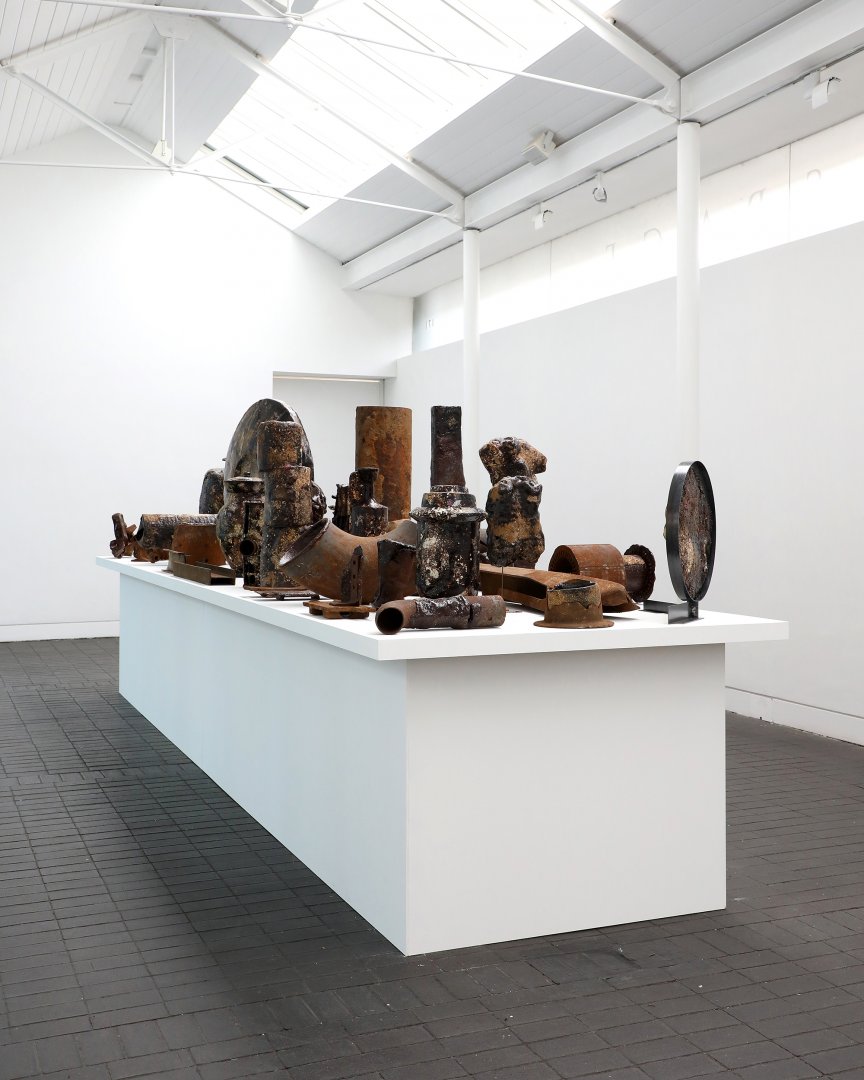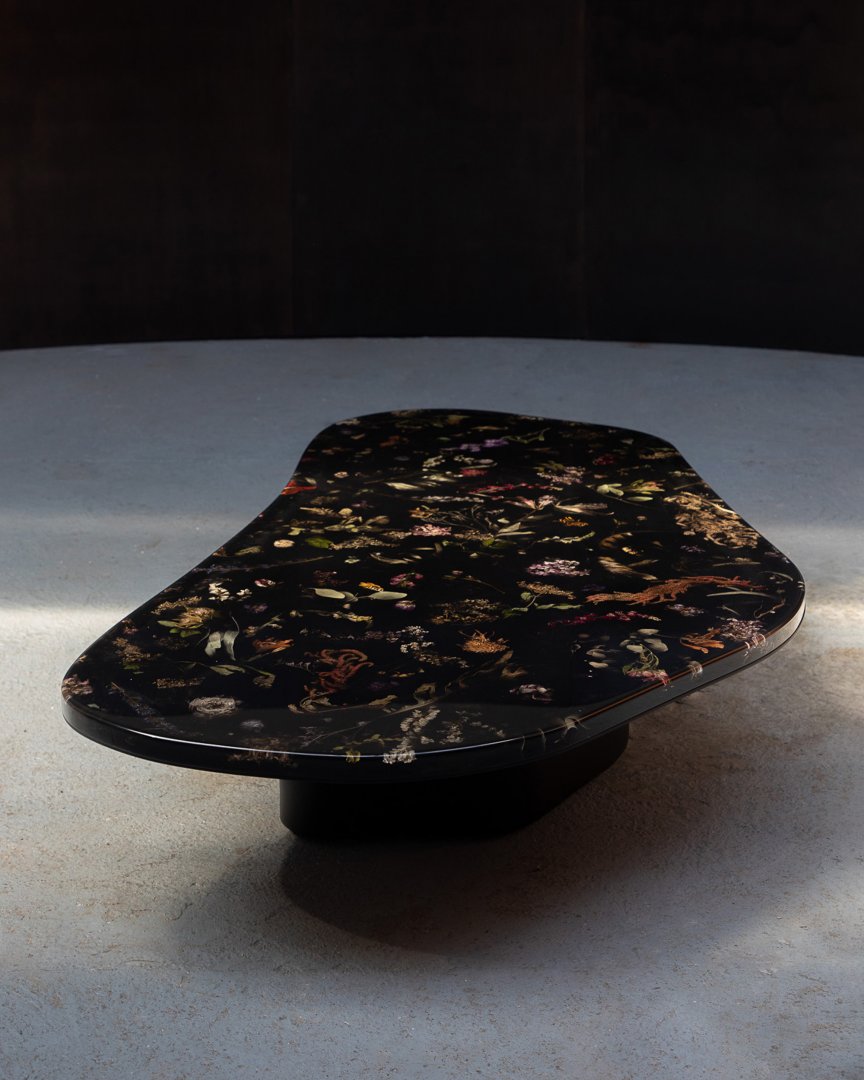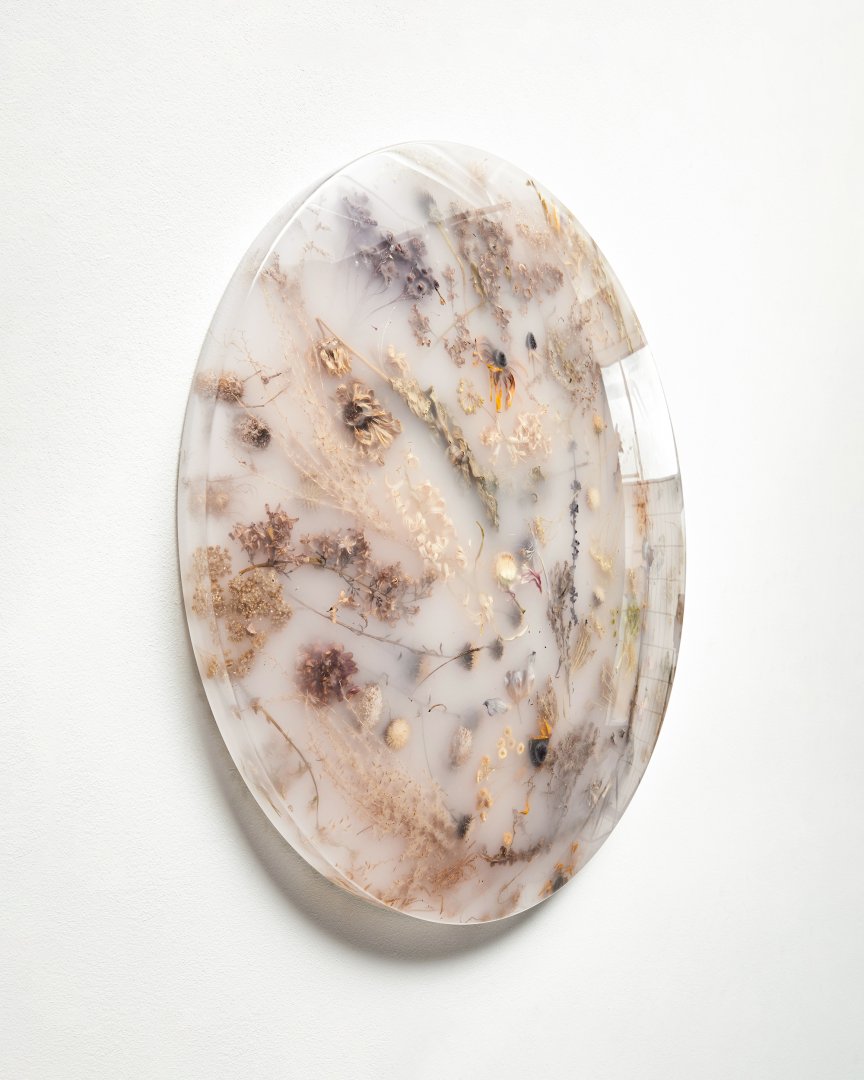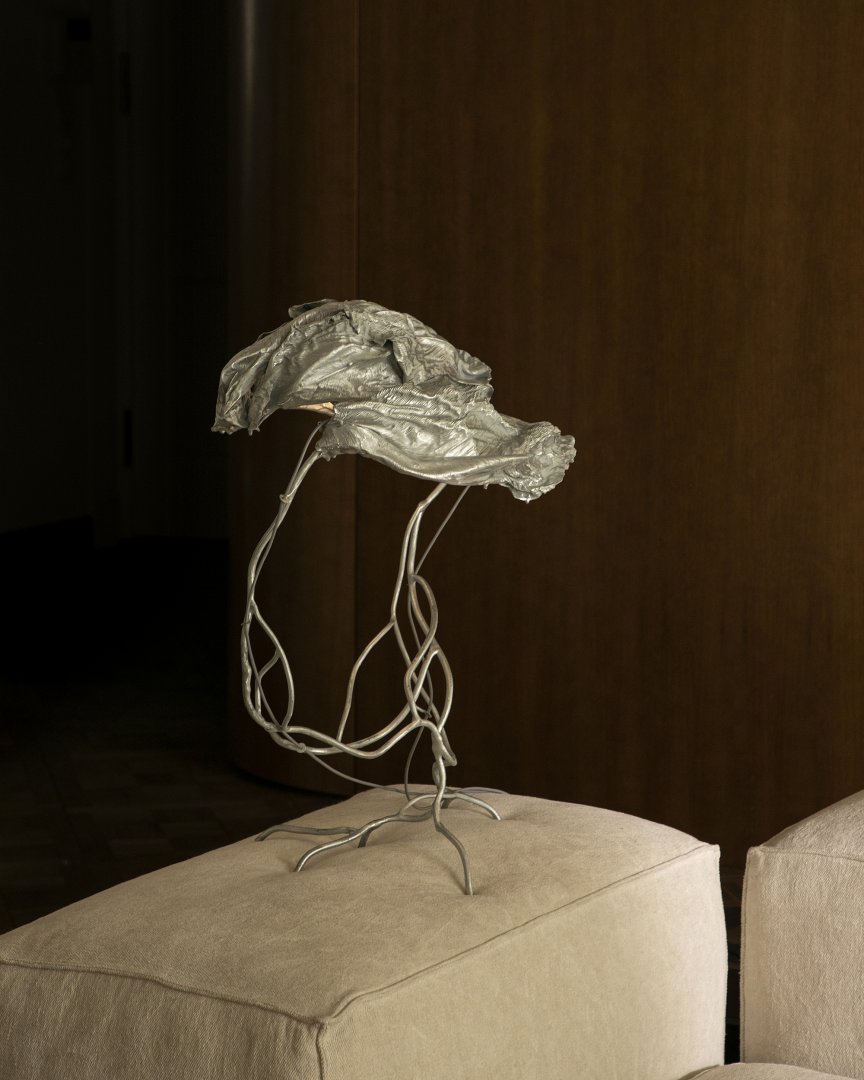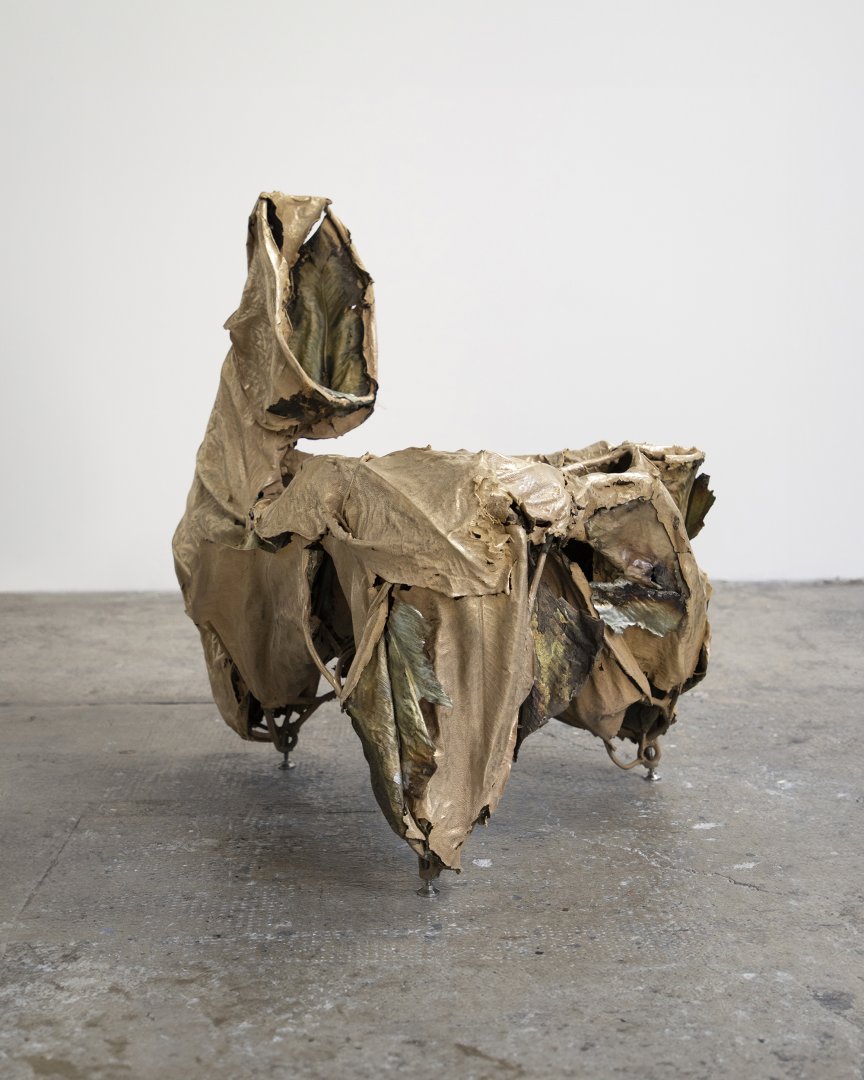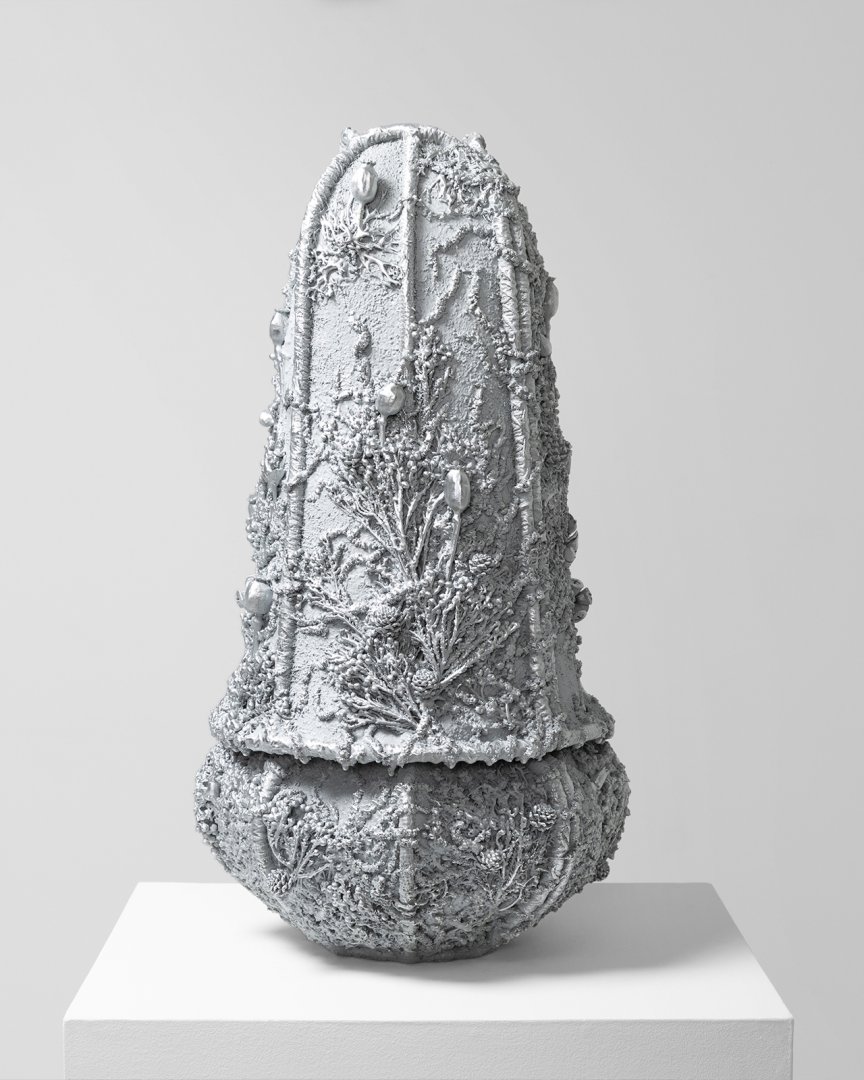For enquiries please contact:
info@marcinrusak.com
For special commissions please contact:
info@marcinrusak.com
Catalogue
Situated at the crossroads of art and design, our work spans conceptual research, material innovation, collectible design pieces, large-scale installations, and site-specific projects.
Challenging mass consumption and overproduction, we release only a limited number of commission-based creations annually.
Challenging mass consumption and overproduction, we release only a limited number of commission-based creations annually.
Conceptual
Functional
Commission
Our work is primarily commission-based, but we occasionally have pieces available in our studio. If you are interested in any of our work, please inquire using the link below or get in touch with us directly
